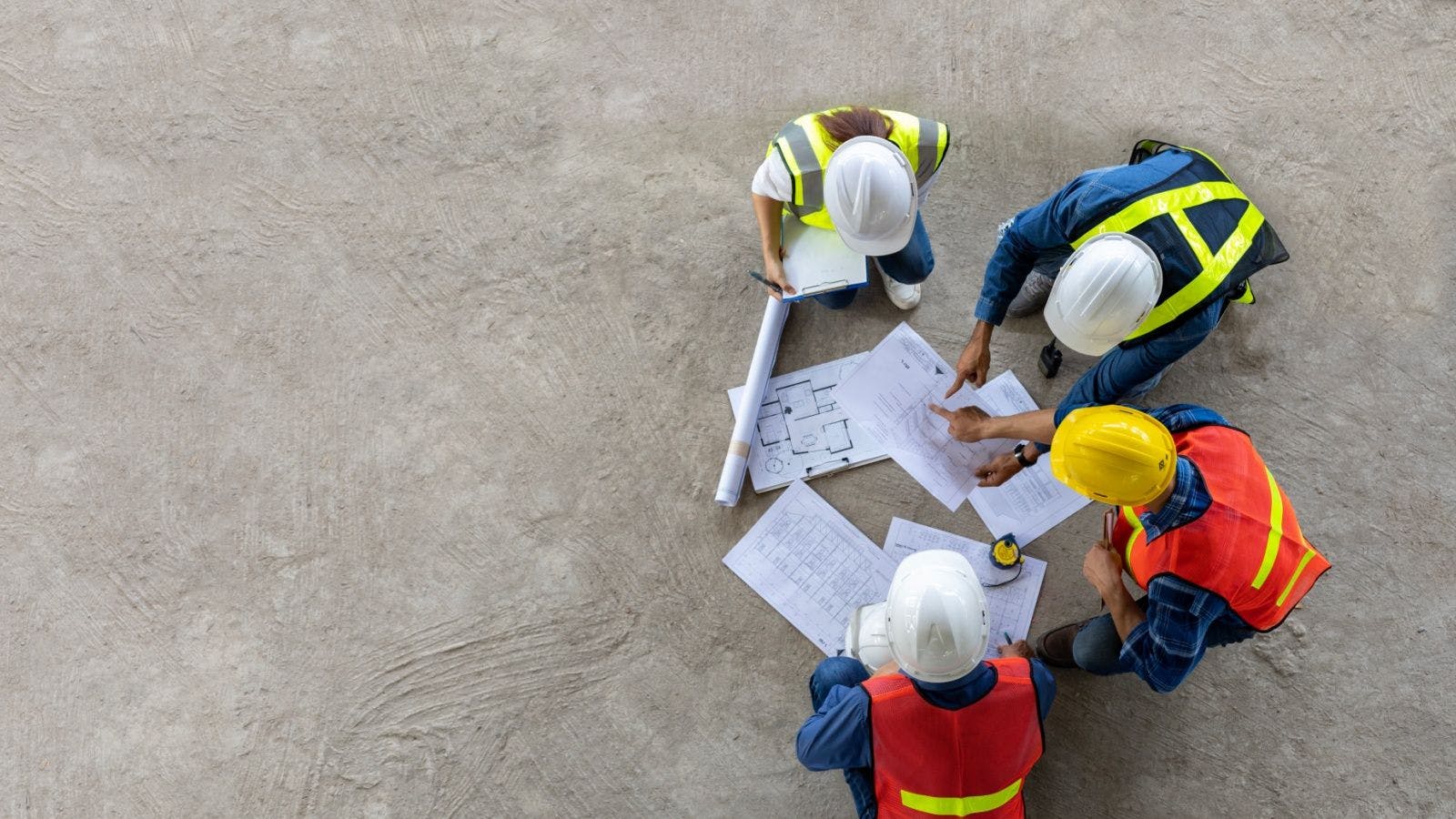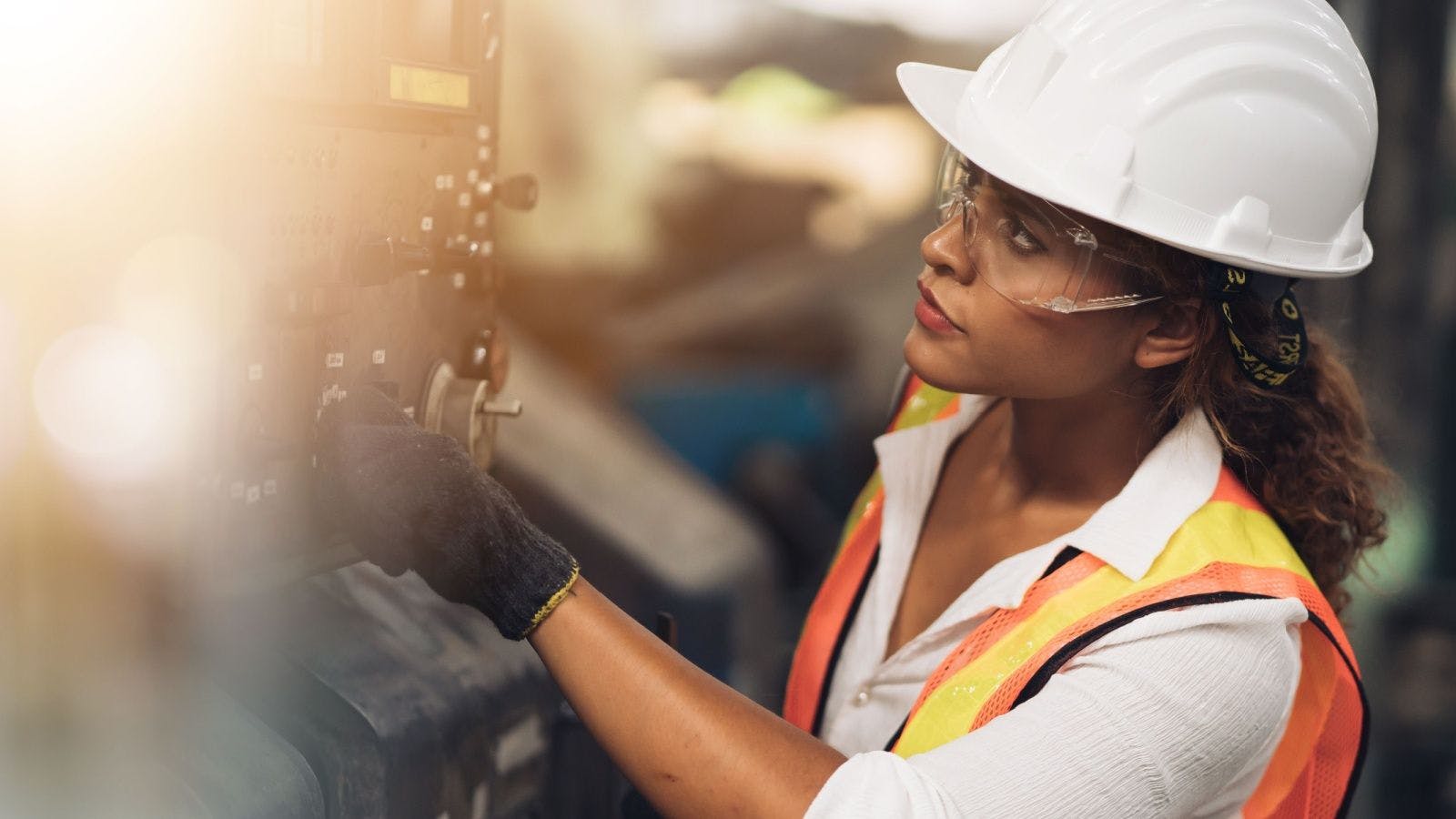
Networks and Committees Cultivate Diverse Company Cultures in Construction
The COVID-19 pandemic has changed the way businesses of all types function, from remote work to hybrid schedules to virtual collaboration and more. But it has also caused a dramatic loss of jobs, particularly among women who were hit the hardest due to child and family care responsibilities, as well as their prominence in roles across the hospitality industry, such as restaurants and hotels, which were deeply affected by the pandemic. In the construction industry, where women still only make up about 10% of employees, it is important in this near post-COVID-19 world to make sure, now more than ever, that women and Black, Indigenous and People of Color (BIPOC) employees in construction feel supported by their employers.
One important way organizations can support women and other diverse employees is through the creation of committees. By being part of a committee, women and BIPOC employees at all stages of their careers can have a safe space to connect with their peers, ask questions, share experiences and form a unique camaraderie that reminds employees that they are on this journey together.
In addition to building a sense of community and belonging, committees can also provide the foundation for women and other diverse teams to learn core skills that will help them to advance in the industry, including the following.
Communication
The development of communication skills can help employees, especially women and BIPOC team members, build confidence to speak up, find their voices so they can be heard among their peers, think quicker on their feet and be more articulate about the industry. Being in construction means having to shift gears a lot, so the more agile one is, the easier it is to communicate any issues.
Networking
Networking, an important skill for a job in any industry, can help employees develop and tap into colleagues with diverse talents, experiences and backgrounds. In construction specifically, employees can learn new strengths from outside of their immediate field and take experiences from colleagues across project management, engineering, HR and more, and implement new tactics or knowledge into day-to-day situations on the job or for a future elevated role at the company. Networking events also provide safe spaces for employees to workshop difficult scenarios, such as discussing the topic of compensation at work. Employees can come together to share tips and experiences that might help their colleagues feel more comfortable bringing up their salary or benefits to a manager.
Leadership
Through training, different styles of leadership can be learned and developed, including the ability to efficiently create plans for teams and projects. It is important to nurture and expose a leadership mindset among younger, entry-level professionals and not just with employees in a management level role.
With all of the benefits committees provide, it is crucial for organizational leaders to encourage their teams, particularly those early in their career, to join these groups. Committees can help women and BIPOC employees step out of their comfort zones—especially if employees take on leadership positions in these committees where other skill sets that they do not typically use in their day-to-day can be put to use, such as a treasurer, communications lead, facilitator or community outreach organizer. In addition, committees can help women and BIPOC employees who are just starting out in their careers to learn the industry more quickly and gain exposure to a wealth of new individuals, knowledge and groups, potentially leading to opportunities that further their career. The sooner they connect with like minds and mentors, the sooner they will create a support system for themselves that can, hopefully, run the gamut of their careers.
However, for these groups to be truly successful, leaders must ensure that program engagement does not just stop with recruitment. Instead, committee engagement should be ongoing and include a personal approach when it comes to community outreach and organizing. These groups should also take into consideration where in one’s career an employee currently is so everyone is learning at the same pace and not being introduced to information and materials that might be too much too soon.
This type of strategy will not only attract more members, but also help to retain long-time members as well, furthering the success and reputation of the groups and a company’s overall workforce.
All in all, committees can support an inclusive, diverse and equitable environment where everyone feels empowered to share their unique experiences and ideas and perform their best at work while feeling free to be themselves. This can be seen through the collaborative efforts to solve some of construction’s most challenging and complex projects. It is known that having diverse talent is not only a great economic and cultural benefit, but also a driving force to finding the best solutions. That is why when diverse and inclusive employees—women, BIPOC, people of different career and personal backgrounds and skill sets—are heard and celebrated, this contributes to the betterment of contractors and their workforce. Having committees reminds organizations and their employees of the spectrum of work they are responsible for and helps to bring different parts of the industry together, creating diverse ideas, innovations and outcomes.
Related stories








